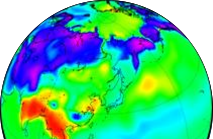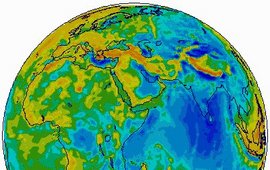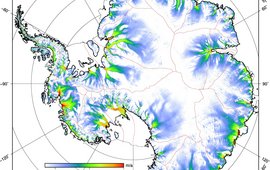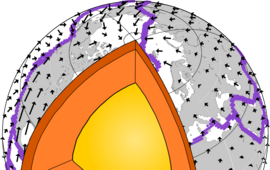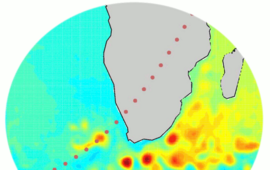Dynamics of Atmosphere and Hydrosphere
We develop and explore numerical codes rooted in the fundamental theories of fluid dynamics to aid geodetic and geophysical data analysis and interpretation for the benefit of an improved understanding of the System Earth. Central to our work are ocean general circulation models configured to cover global or regional domains that represent processes as ocean tides, self-attraction and loading feedbacks to the ocean dynamics, or surface pressure forcing in addition to the usually considered atmospheric fluxes. We further use numerical models of the terrestrial water cycle that consider vertical water and energy exchange with the atmosphere, and lateral water transport in the soil and through the river network.


